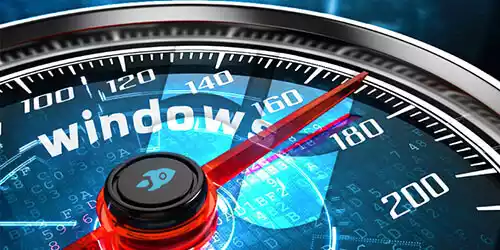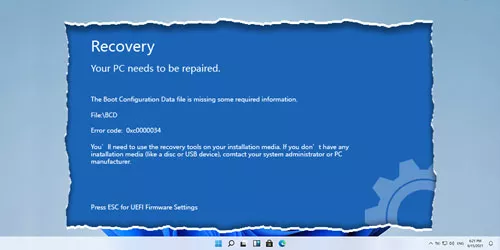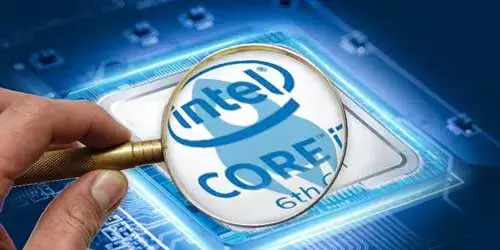How to Speed Up Boot Time Windows 10

After installing a large number of applications, you will find your computer boot and run rather slower than before. All of us want to have a fast startup computer. Since Windows 10 is the fastest operating system we can own right now, can we do something effective to speed up boot time on Windows 10?
Of course, we can. The reasons why computers have slow boot speed may be too many services or programs are running on the startup, or maybe too much fragmentation of C drive, or insufficient space of C drive etc. So after knowing about that, we can solve the problems to reduce Windows 10 boot time.
Solution 1: Disable unnecessary services
First of all, select the proper startup type.
Steps:
1. In the search box on the taskbar, type MSConfig and run "system configuration".
2. Choose the "General" tab, and click "Selective startup".
3. Click "OK" to save.

Furthermore, disable unnecessary services.
You will see a range of system services and you don't know the functions of most services. It seems it's not an easy thing to decide whether to disable one of the services. In fact, you just need to remember one principle. Don't disable services provided by hardware manufacturers which include Microsoft, Intel, NVidia, AMD, Realtek and other computer manufacturers related to them for it may influence the running of the system. You can disable the other services like the service provided by Google, Adobe, VMware. Once you want to use those services, just reopen them.
Steps:
1. On the basis of the above 3 steps, to choose the "Services" tab.
2. To tick "Hide all Microsoft services" to exclude Microsoft services.
3. In the "Manufacturer" column, check the manufactures of each service. Tick those services provided by Intel, NVidia, AMD, Realtek. Then uncheck the other services.
4. To click the "OK" or "Apply" button.

Solution 2: Disable startup items
Most of the startup items here can be closed. Also note that do not prohibit services provided by Microsoft, Intel, NVidia, AMD, Realtek, and other computer manufacturers related to them.
Steps:
1. In the search box on the taskbar, type MSConfig and run "System Configuration".
2. To choose "Startup" tab, and click "Open Task Manager".
3. To select a specific service, right-click it and choose "Disable".

Solution 3: Free up C drive space

If the space of the C drive is almost full, it will definitely slow down the boot speed of the computer. Therefore, it's suggested to spare at least 10 GB for the system drive. There are various ways to delete unnecessary files and release the space of the C drive. We have already written an article for your reference: Is C Drive Full? - 13 Effective Ways to Free Up C Drive Space. Following those tips, you may be amazed at how much space your C drive can free up.
If you are finding an easier way to release your C drive, try System Genius. It can help you release your local disk with only 2 clicks. What you need to do is to open system genius, choose "System Disk", then click "Release".
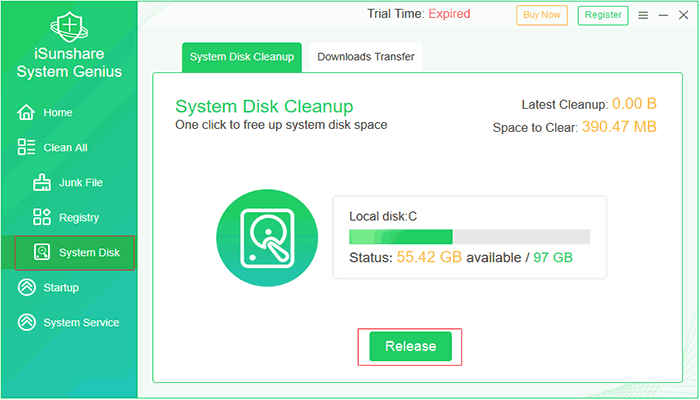
Solution 4: Defrag your hard drive
If your disk fragmentation is more than 25%, it is recommended defragging. Follow the way below to defrag your hard drive.
1. In the search box on the taskbar, type "Disk Defragment", then run "Defragment and Optimize Drives".
2. Select C drive, and click "Analyze" to find out what percentage of the memory is fragmented.
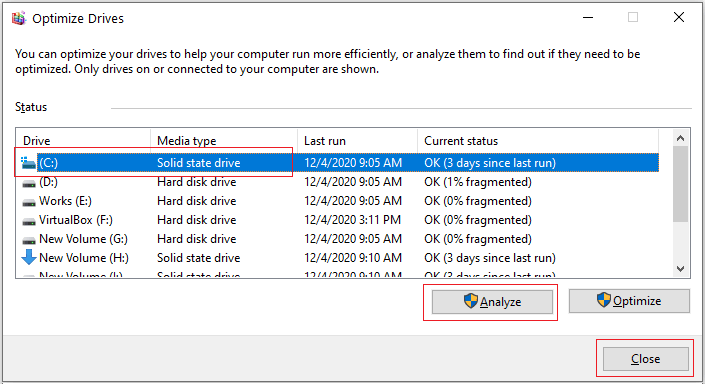
Are you tired of optimizing C drive constantly? You can try to transfer downloads to another drive by using System Genius,reducing the trouble of frequently cleaning the c drive. In the interface of "System Disk" , to choose "Downloads Transfer" on the top of the interface. Select a drive that you like to put the downloads into, after that click "Move".
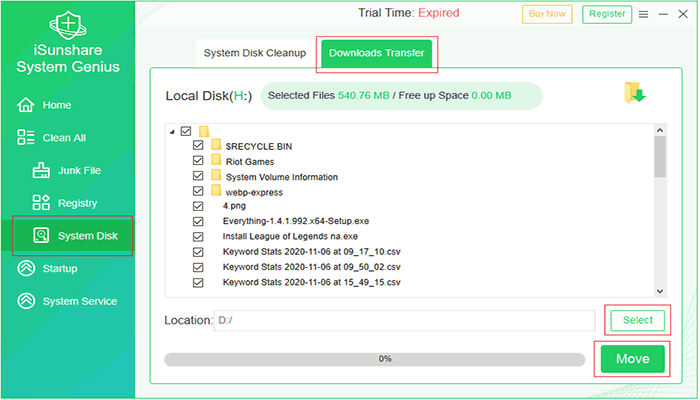 Download: System Genius
Download: System Genius
Solution 5: Update your hard drive
If your computer's hard drive is a mechanical hard drive, then upgrading to a suitable SSD will greatly improve the computer's startup speed and operating speed. Find out what SSD is suitable for your computer in this article: How to Check if SSD is Compatible with Laptop or Desktop Motherboard. If your computer is already equipped with SSD, you can upgrade your Disk Drivers in the way below.
1. Search for and open "Device Manager" from the start menu.
2. Expand "Disk drives", then right-click the SSD and choose "Update driver".
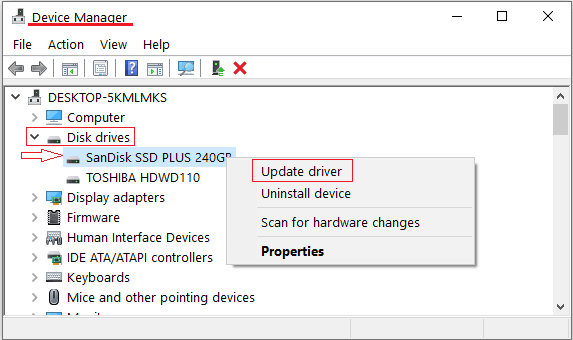
Solution 6: Increase the capacity of computer memory
If the computer's memory capacity is less than 4GB, it will also affect the startup and operation speed of the computer. Under this circumstance, you can consider adding a memory bank of 4GB or 8GB to your computer for increasing the computer speed. To know the memory capacity of your computer, here is an article for your reference: How to Check RAM Specs (Size, Type, Speed) in Windows 10/8/7.
Before adding memory, you must ensure that the amount of memory after adding does not exceed the maximum memory supported by the computer. Otherwise, there may be a risk of not booting normally. We also have written an article about how to check maximum capacity: 2 Steps to Check Maximum RAM Capacity of Your Computer.
There you have it, six solutions to speed up the boot time of your computer. Follow these ways and you'll get a faster start time of your Windows 10.



